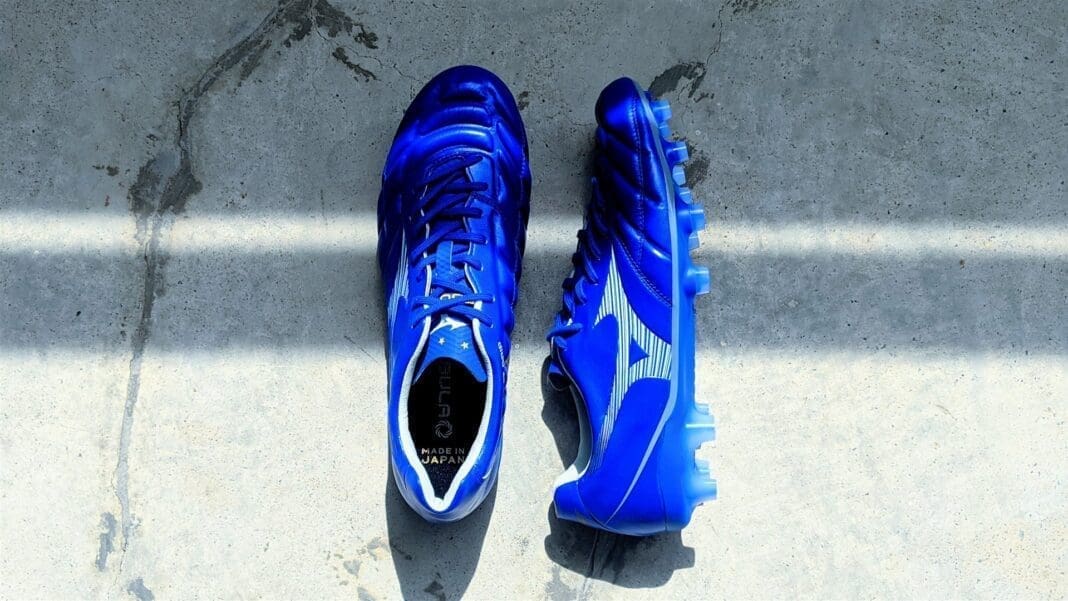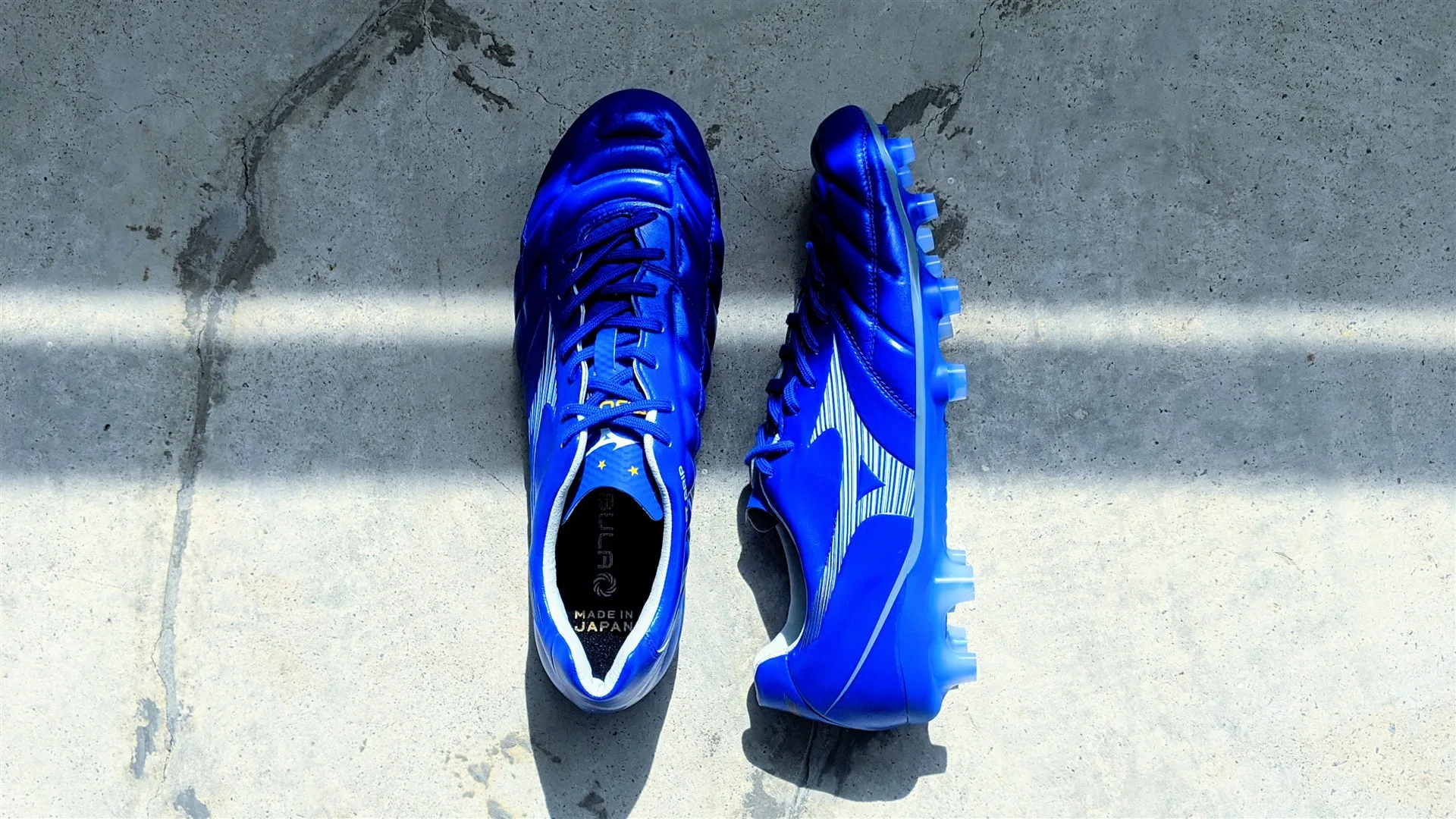Mizuno brings its first evolution of the Rebula silo.
2020 has been a busy year for Mizuno. The Japanese brand refreshed all of their mainstream offerings, launching the Morelia Neo 3, Morelia Neo 3 Beta and now, the Rebula Cup. While Mizuno have typically gone for an “if it ain’t broke, don’t fix it” mentality for most of their boots, the Rebula silo has always been their modern, experimental silo.
So we were surprised when the Rebula Cup launched with an early 2010s look, a far cry from the sleek and modern Mizuno Rebula 3 – our 2019 Boot of the Year. In fact, the Rebula Cup looks more like a Mizuno Wave Cup successor than a next-gen Rebula – a strange move backwards from Mizuno for their forward-thinking silo.
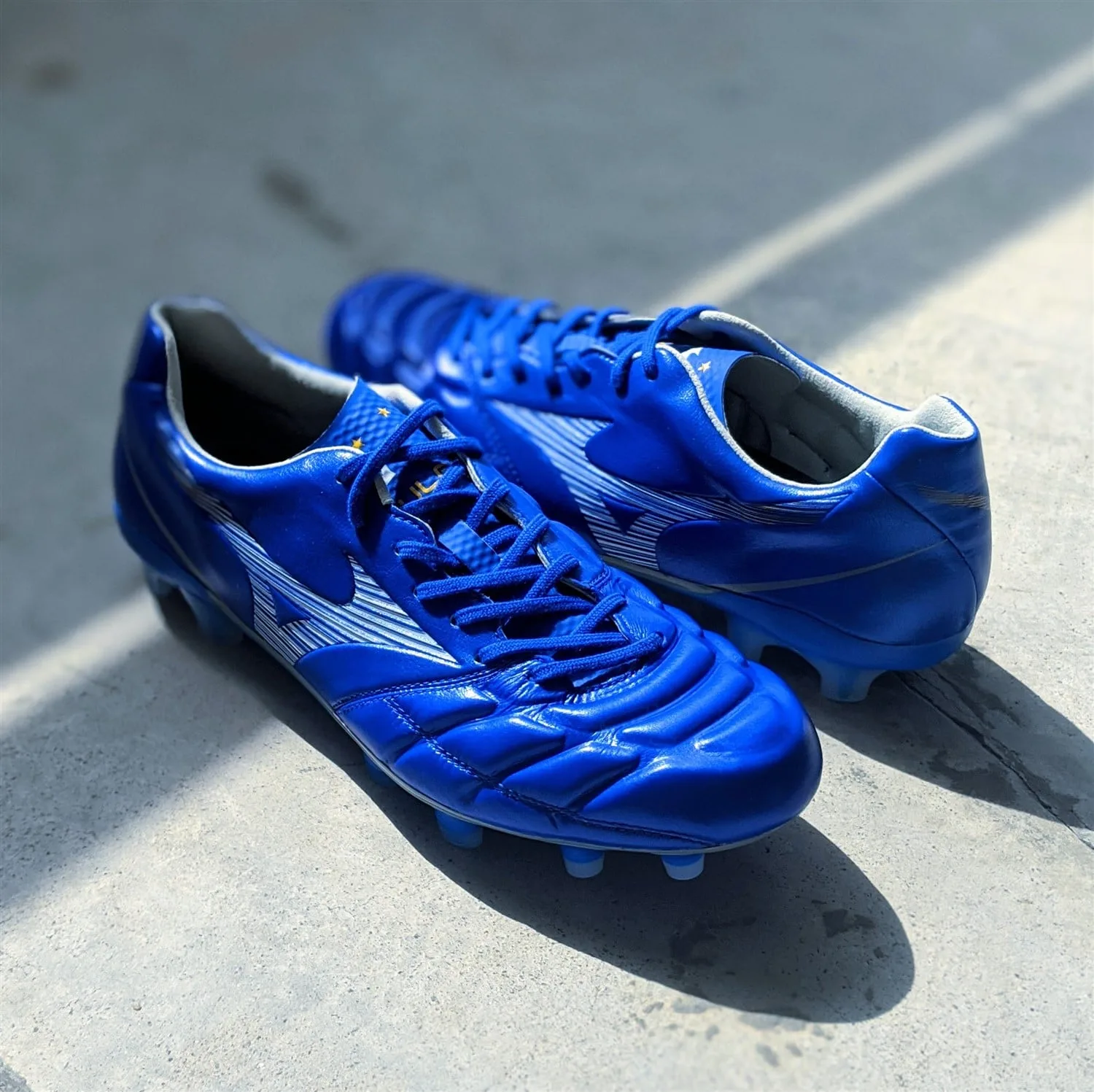

Goodbye foam cage, hello control pods
Launched at the same time as the new Mizuno Wave Cup remake, the Rebula Cup takes inspiration from the Wave Cup. Gone is the foam cage frame that had been the centre piece of the Rebula 1, 2 and 3. Instead, the Rebula Cup infuses the foam directly into the leather itself, in the form of foam pods, designed to mimic the stitching pattern of the Wave Cup. The design continues into the midfoot, with the foam pods there containing a lower density foam for better control.
Unlike the Rebula 3 which had three quarters of the upper covered with the leather, the Rebula Cup only has a leather forefoot. The midfoot uses a synthetic leather – BF leather, similar to the one on the Mizuno Morelia Neo 3.
Mizuno also added a layer of grippy texture around the midfoot , called FT Grip, which adds a tacky and sticky sensation when running your finger across it. As the name suggests, this is aimed at helping players with a poor touch trap the ball better on the inside and outside of the boot.
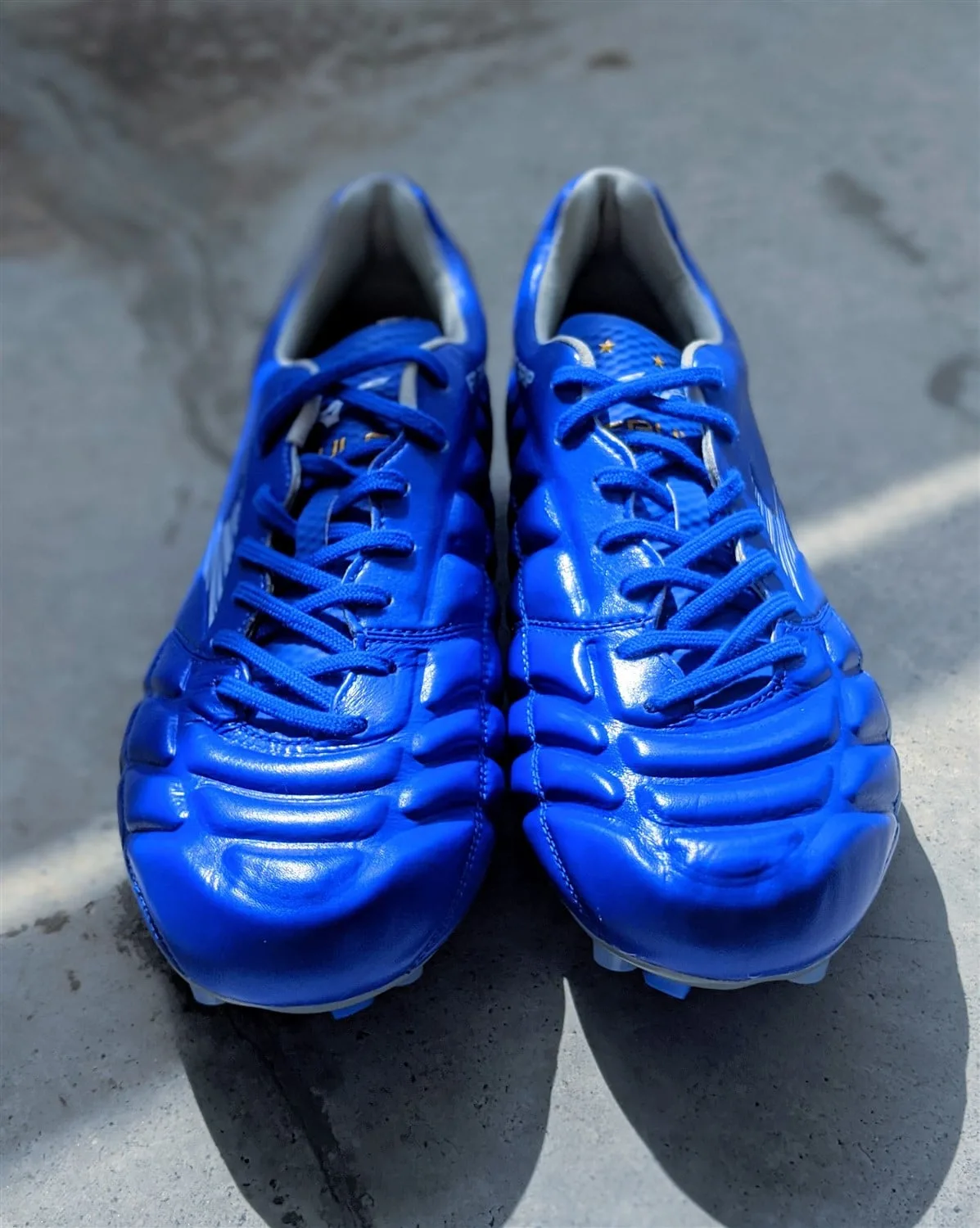

The Rebula Cup is the best fitting Rebula ever
The fit in the Rebula silo ‘til date has always been off. With earlier models I went half a size up, while I went half size down with the Rebula 3 and had to endure a longer than expected break-in time before they offered the premium comfort and touch I’d come to know and love from a Mizuno boot.
With the Rebula Cup I’m happy to share that I went true to size with little to no break in time required. I have heard from friends, who have a thicker big toe, that they encountered some issues with abrasion. This could be due to the extra padding in the upper creating a smaller volume toebox. It’s not a huge issue, and it’s something that can be solved after some break-in time, as the leather moulds and stretches to your feet.
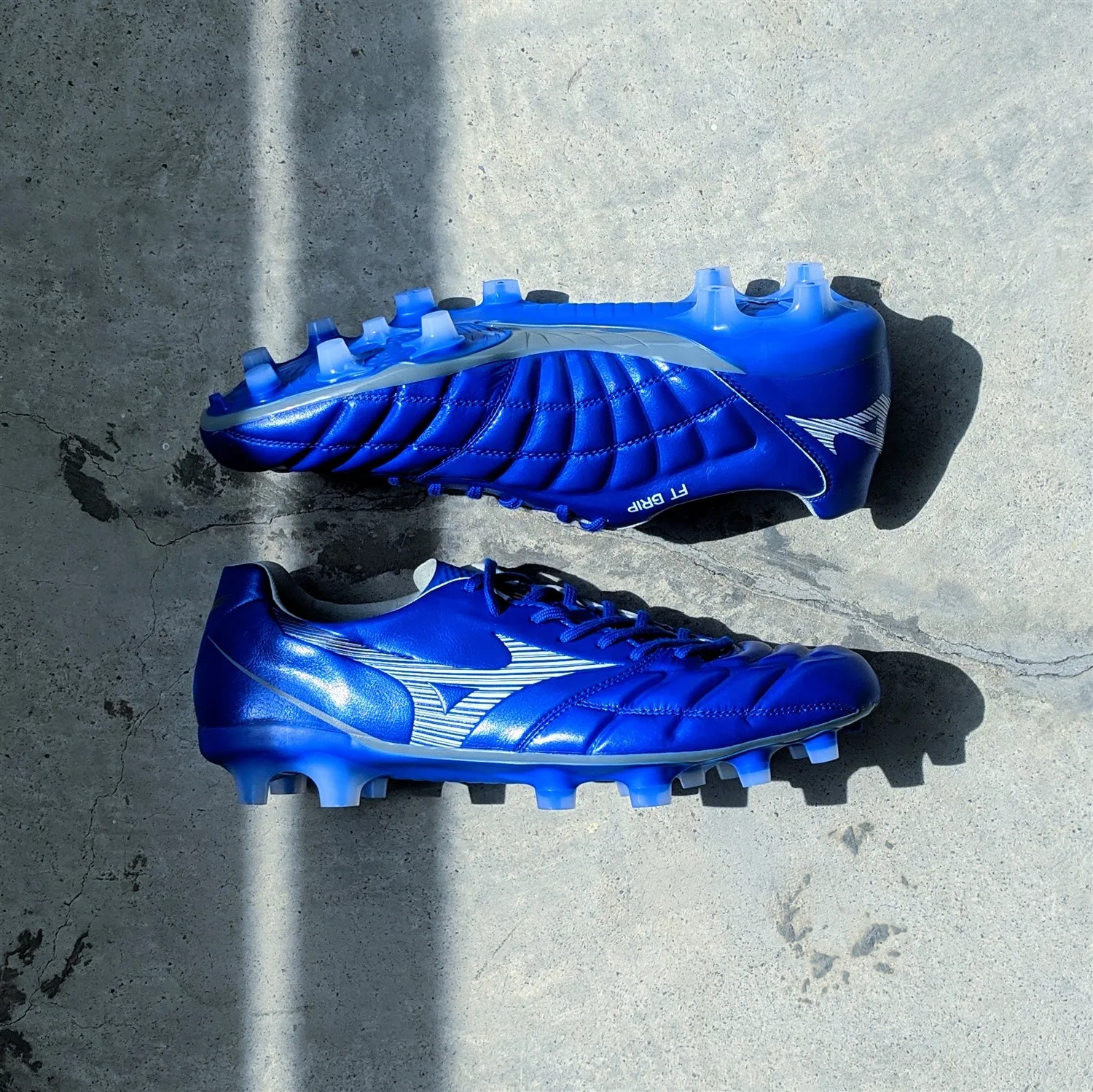

FT foam enhanced touch
In an age where brands have gone to great lengths to make their uppers as thin as possible for the best barefoot touch, the Rebula Cup goes back in time to be one of the most padded football boots available today. The FT Foam pods help to take the sting off sharp passes and cushions the ball nicely to give you confidence in control.
In particular, I loved that the foam pods extended into the instep to create a “pass-pad” zone for controlling and passing the ball in that area. Unlike the foam on the forefoot, the instep pass-pads uses a softer foam to help you cushion the ball even further.
The sticky FT Grip is not as aggressive as the adidas Predator 20.1’s Demonskin spikes or the sandpaper texture on the Nike Phantom VSN but is more effective in trapping the ball in wet and slick conditions. Unfortunately, like all coatings, it does wear off and, after a month of wear, the midfoot doesn’t feel any gripper than the other parts of the boot.
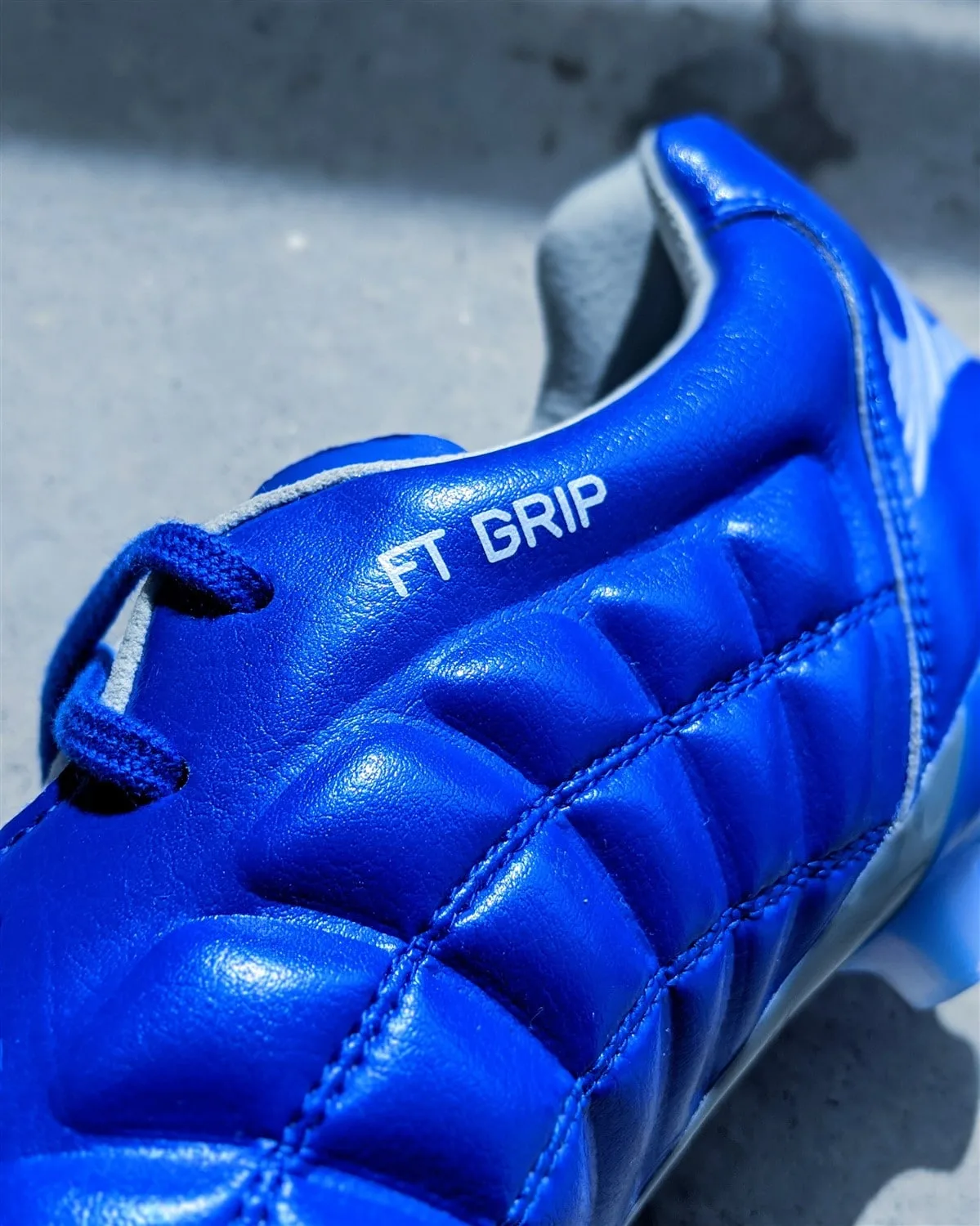

An explosive but inelegant shooting experience
Shooting in the Rebula Cup is an interesting experience, thanks to the FT Foam pods. They are excellent when it comes to controlling or passing the ball and continue to add to the experience when smashing the ball with your laces. Thanks to the higher density foam in the forefoot, it actually hardens (similar to the Accufoam on the old Puma EVOPower series) to give a bit more OOMPH when striking the ball.
However, you do start to feel the “bulk” of the FT Foam pods when trying to make contact with the ball outside of shooting with your laces. It took some time to tweak my technique to get my foot under the ball when hitting lofted passes due to the bulk. It’s the same story when it comes to more complex techniques like the knuckle ball which requires you to hit a very specific part of the ball. Definitely not a deal breaker of any sort, but you would need a slight adjustment period if you’ve only used boots with thin uppers.
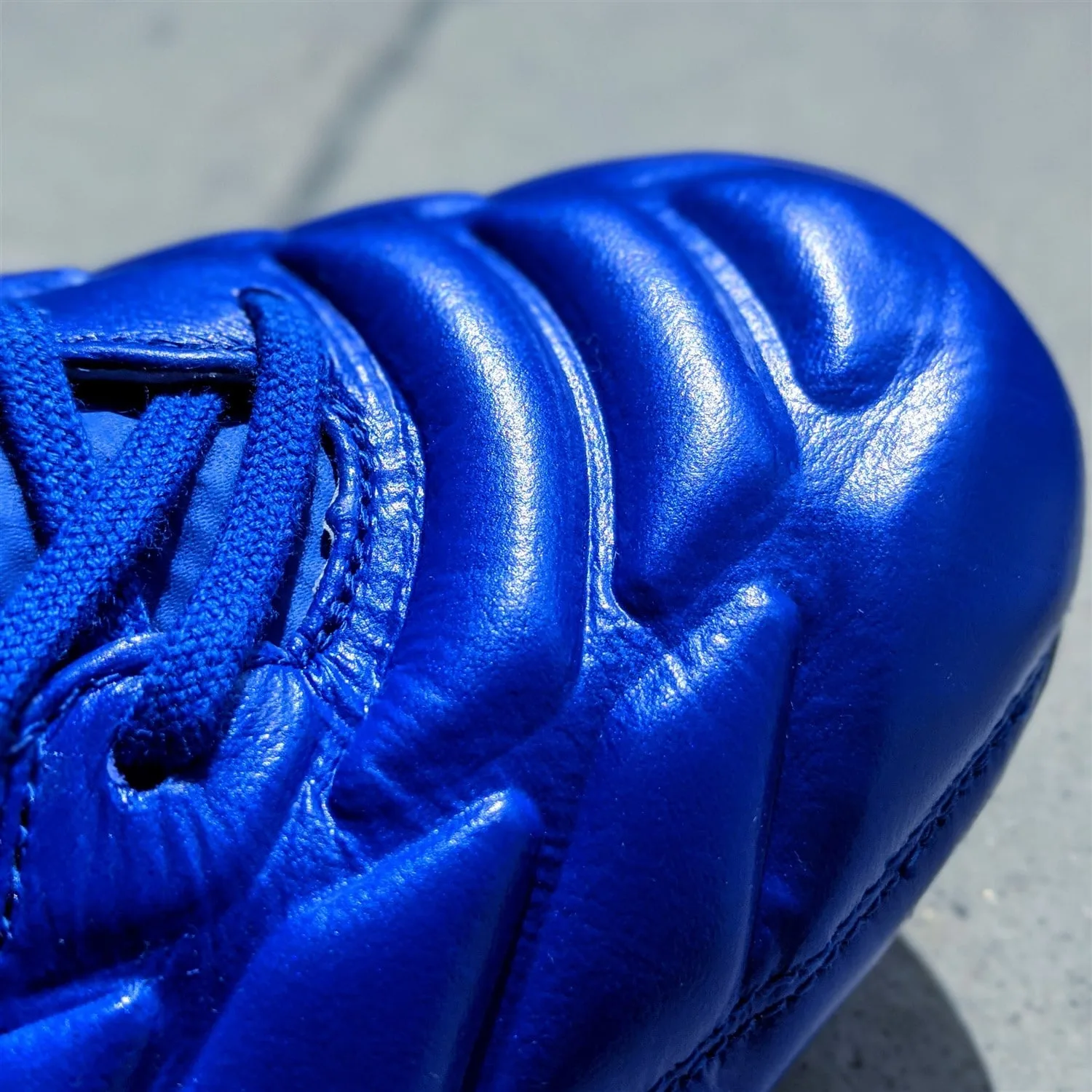

Familiar and reliable traction
The soleplate is the only carry-on from the Rebula 3 and I absolutely understand why. It was a solid, no-nonsense stud pattern that did its job of offering good rotational manoeuvrability and flex at the right places.
As I mentioned in my Morelia Neo 3 Beta review, I do think that Mizuno can afford to be a little more aggressive with their stud pattern and I would have preferred an extra toe-pick stud. That extra bite when pushing off and making sprints would have helped the boot to feel more ‘speedy’, especially considering light the boot is. As before it receives the BOOTHYPE stamp of approval for AG use.
Considering that the Rebula Cup was clearly inspired by the Wave Cup, I was slightly disappointed that the Rebula Cup did not use the Wave Cup stud pattern. Created in close consultation with Rivaldo to be biomechanically as efficient as possible, the Wave Cup stud layout is perhaps my all time favourite bladed pattern, facilitating both acceleration and deceleration and would have elevated the Rebula Cup for me.
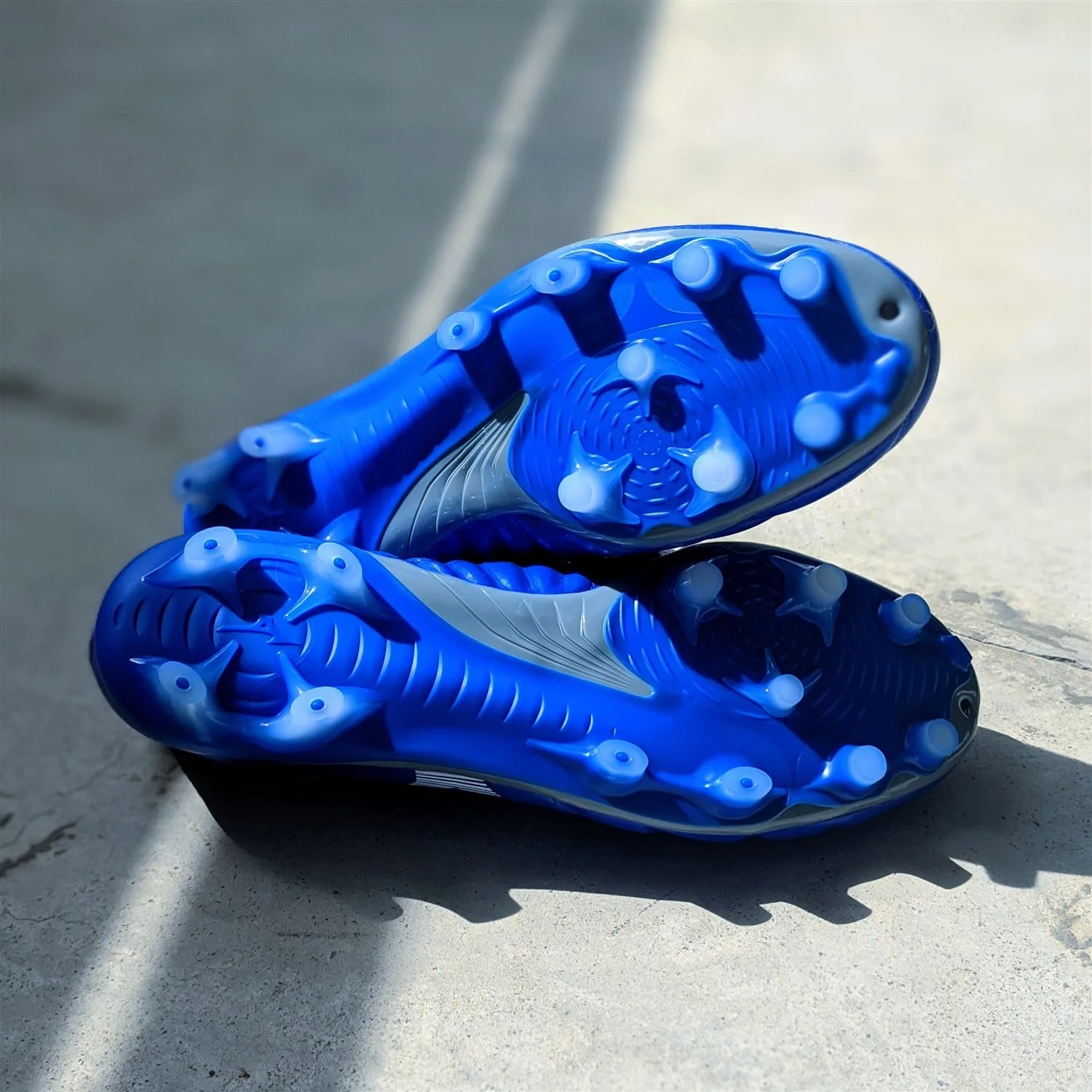

Rebula Cup signals a new direction for the Mizuno brand
Mizuno has evolved the role of the Rebula. From its roots as a leather silo with progressive tech, the Rebula Cup seems to have gone backwards into old-school territory, carrying none of the modern tech from its predecessor.
This is also signalled in the Rebula Cup’s new pricing. While the Rebula 3 cost a whooping S$349 previously, the Rebula Cup drops to a more affordable S$289, on par with the Morelia Neo 3. The role of the premium, tech-forward boot seems to have gone to the newly launched Mizuno Morelia Neo 3 Beta instead, which costs S$349.
Instead the Rebula Cup now fills a huge gaping hole in the football boot market for defenders. Centre backs and defensive midfielders have evolved into the first line of attack, tasked with starting off offensive moves from deep and the Rebula Cup is the perfect boot for that.
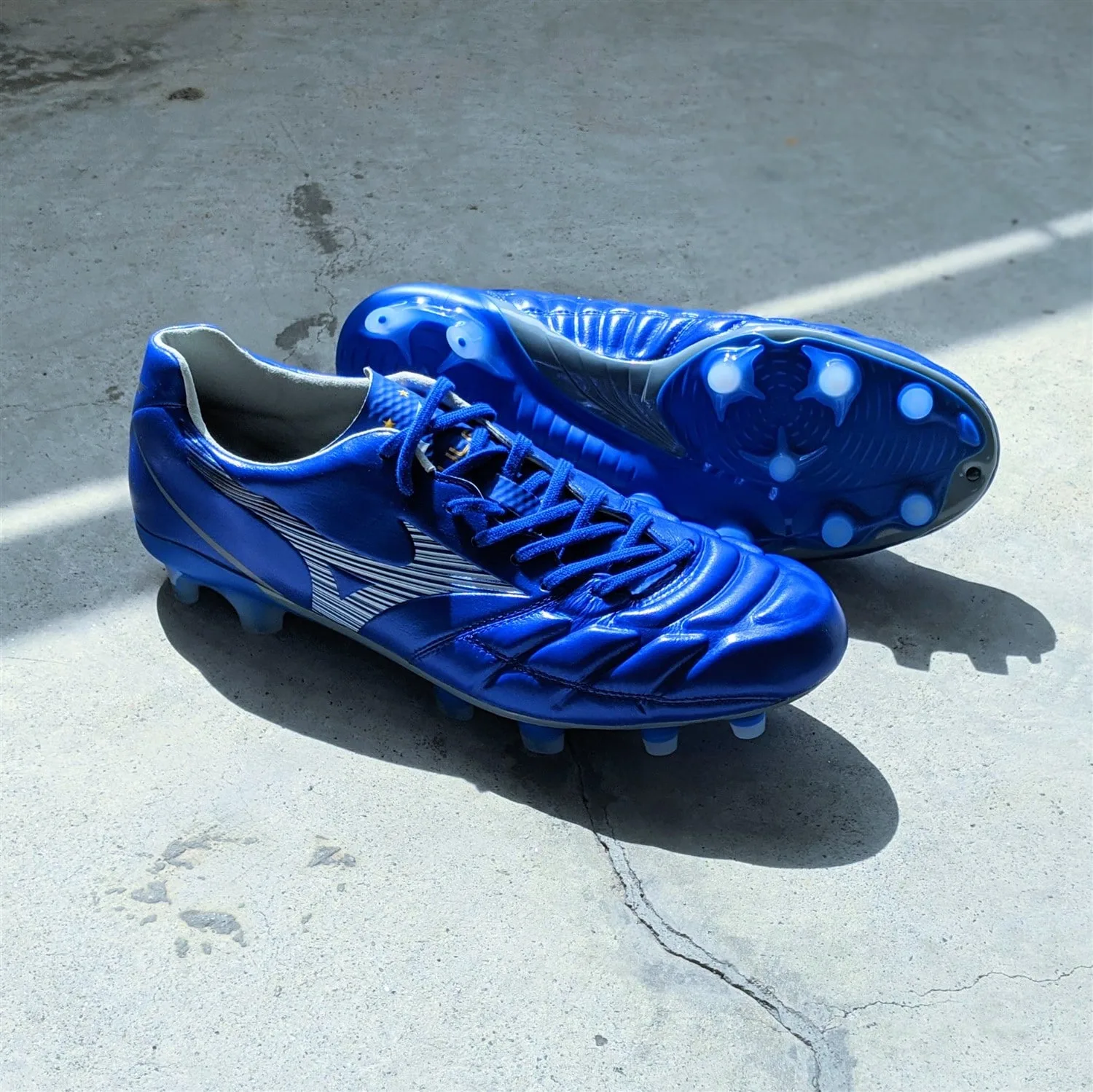

Since the death of the Nike CTR 360, we’ve not seen a boot built around control in for some time and the Rebula Cup comes together to offer the perfect package for the modern-day defender – 90-minutes of comfort, a great fit and a robust feel when striking the ball.
All these attributes come together in a protective and light weight package, weighing in at nearly 205g in a size US 9. That’s speed boot territory. I thoroughly enjoyed my time wearing them during my football practices at centre back, shrugging of a mistimed stamp on my foot thanks to the padded forefoot.
Personally, I think this new direction is really smart from Mizuno. No matter how modern the technology, a leather boot will never capture the same amount of attention as a synthetic boot. Having a speed boot like the Morelia Neo 3 Beta headline their innovations would definitely generate more hype for the brand than the Rebula.
This move for the Rebula instead allows them to capture a more underrated segment of the football community – the modern playmaking defensive player and differentiates them from the other modern leather boot silos out there.

